A Chef’s Guide to What’s Really Going On in the Supermarket Aisles
After spending a couple of decades working in professional kitchens and with food suppliers, you start to see groceries in a totally different light. Honestly, it’s not about the flashy packaging or the big brand names. It’s about knowing the backstory of your food—where it came from, how it was handled, and what little secrets it might be hiding. The supermarket is packed with things that scream ‘healthy,’ but often, there’s a trade-off in quality or nutrition you wouldn’t expect.
In this article
But this isn’t about scaring you! It’s about empowering you. My goal is to pass on some of the street smarts I’ve picked up from years of sourcing ingredients and, let’s be real, learning from my own mistakes. We’re going to look at everyday items and I’ll show you what the pros look for. It’s all about learning to spot the good stuff, understand the labels, and make choices that feel right for you and your family.
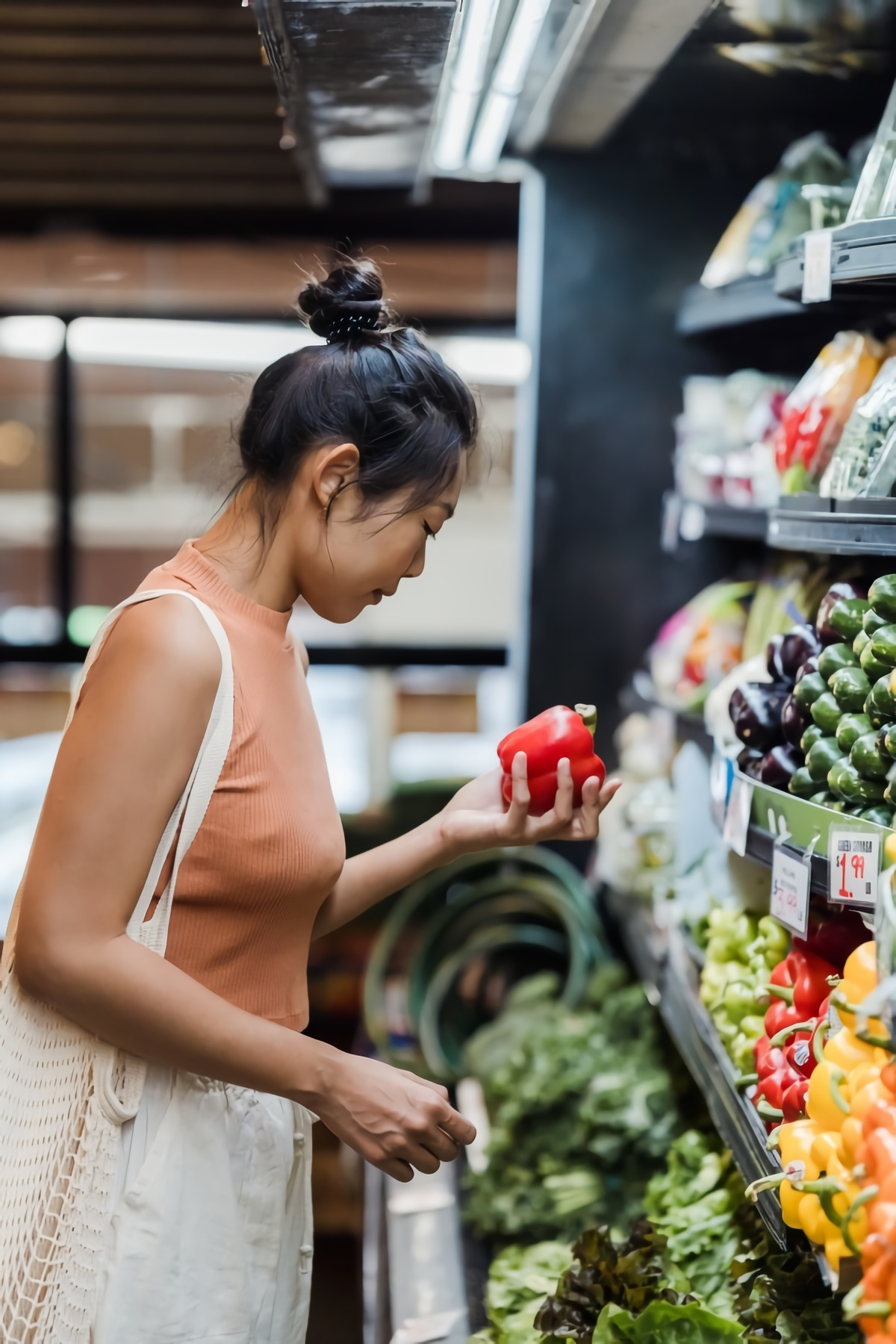
1. The Produce Aisle: Looking Past the ‘Fresh’ Facade
The produce section is everyone’s first stop for healthy eating, with all its bright colors and fresh smells. But looks can be deceiving, and some items need a closer look, especially the delicate ones.
Grapes, Berries, and Other Thin-Skinned Fruits
I learned a long time ago that the most delicate ingredients often get the most aggressive treatments. Grapes and berries are a perfect example. Their thin skins are an open invitation for pests and mold, so conventional farming often relies heavily on pesticides.
Good to know: Some consumer advocacy groups publish annual lists highlighting produce with the highest pesticide residues. Things like strawberries, spinach, and grapes almost always make the list. It makes sense, right? Their thin, edible skins can absorb chemicals more easily than, say, a banana or an avocado with its thick, protective peel. And a quick rinse under the tap doesn’t always get rid of it all.
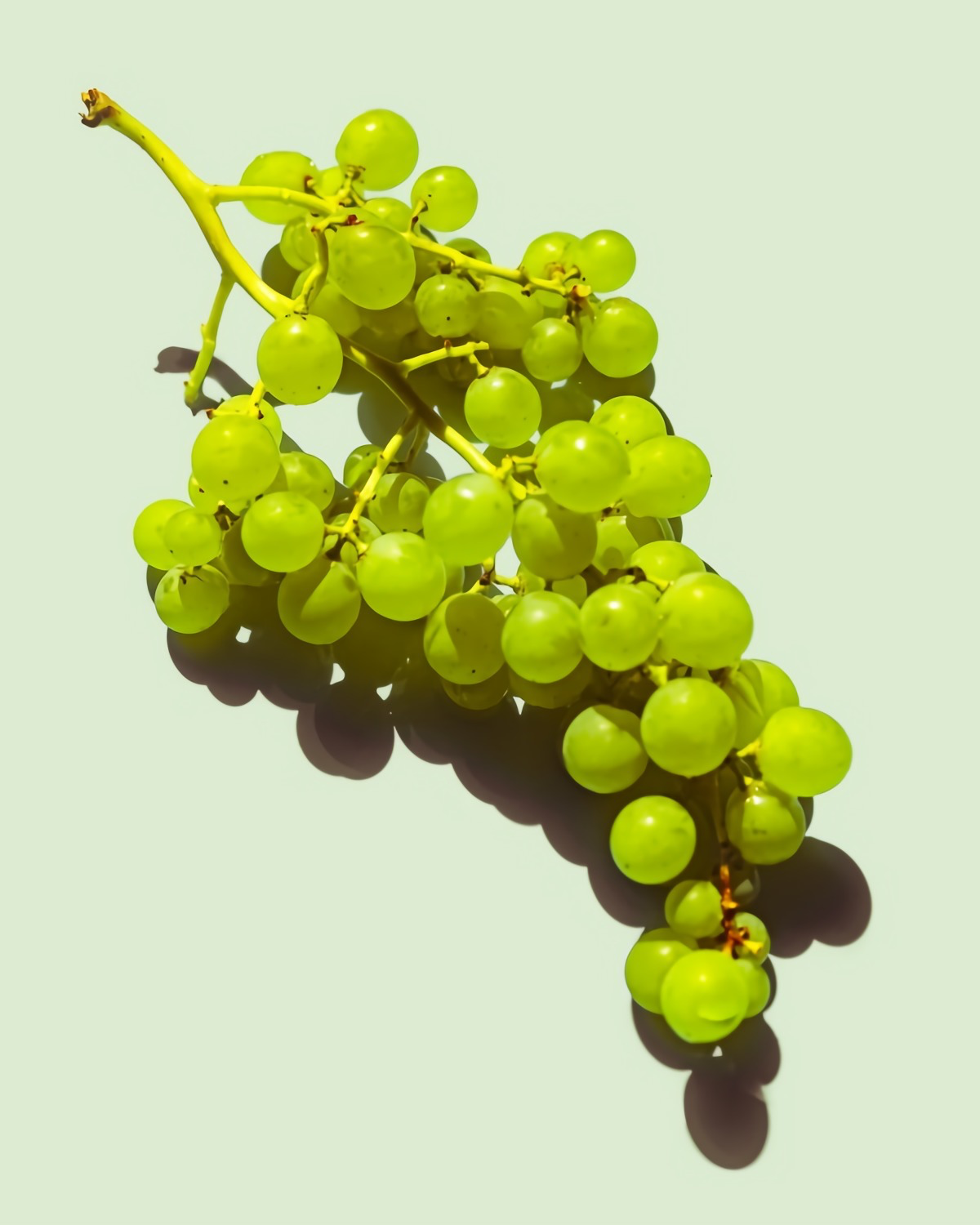
When I’m picking out grapes, the first thing I check is the stems—they should be green and flexible, not brown and brittle. The grapes should be plump and firmly attached. If you see a faint, dusty-white coating on them, that’s actually a great sign! It’s called the “bloom,” a natural waxy layer that protects the fruit and signals freshness. For berries, I always pop open the container. I give them a sniff (they should smell sweet, not fermented) and look for any moisture or smooshed, moldy ones at the bottom.
Let’s talk solutions. Going organic is a solid way to avoid pesticides, but it can be pricey. Expect to pay around $2 more per container for organic strawberries. If that’s not in the budget, don’t sweat it. A good wash is your best friend. Here’s the method I teach every new cook: fill a big bowl with cold water and add a splash of plain white vinegar (about a tablespoon for every four cups of water). Let the fruit soak for 10-15 minutes, give it a little swish, and then rinse it thoroughly. It’s a practical step that makes a real difference.
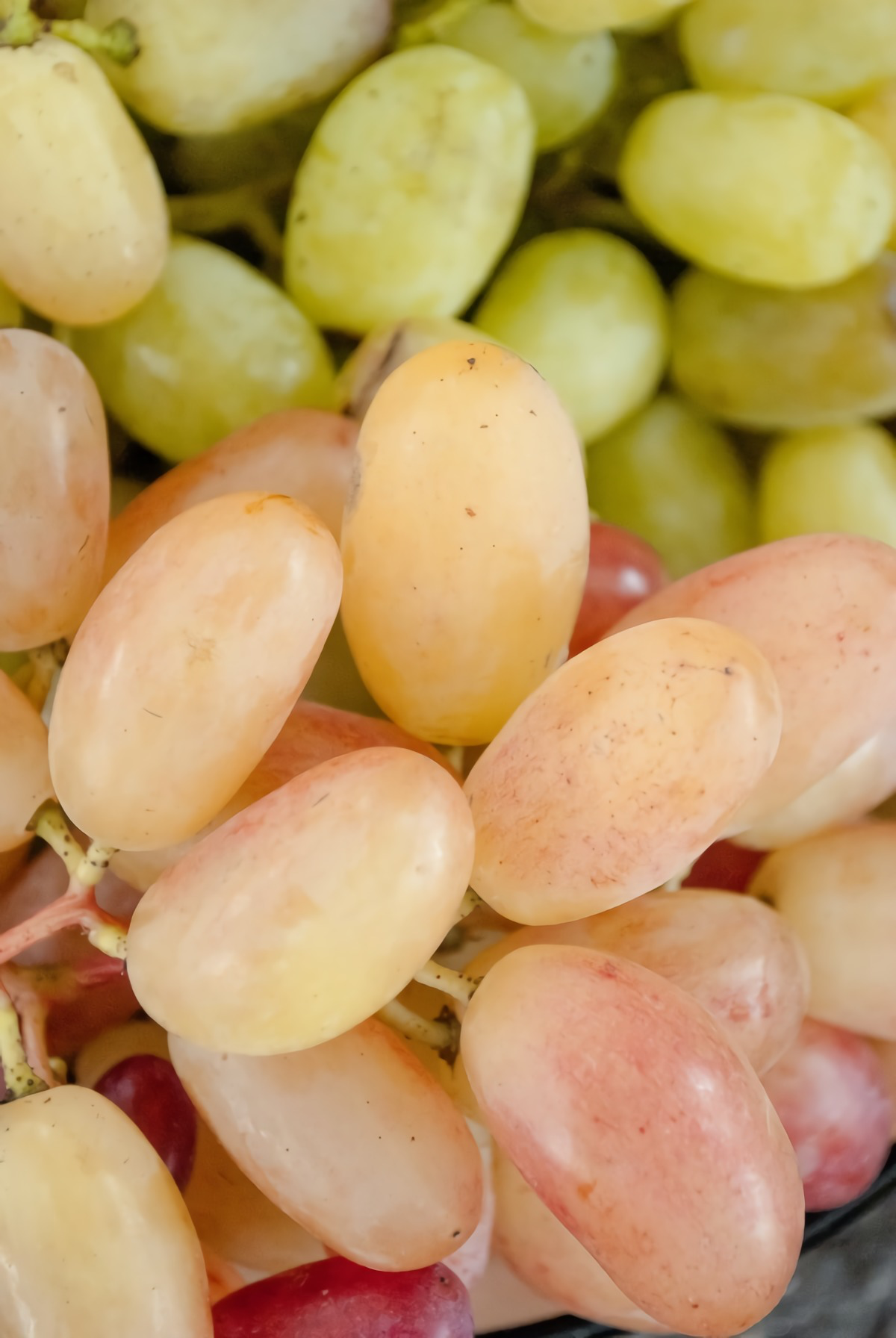
2. The Seafood Counter: How to Spot the Good Stuff
Okay, the seafood counter can be the trickiest spot in the whole store. Quality can nosedive fast, and what you see isn’t always what you get.
Pre-Marinated and Packaged Fish
That pre-marinated piece of salmon looks convenient, but that convenience can come at a cost. A powerful marinade is a perfect way to hide the fact that a piece of fish is getting a little old. When fish smells “fishy,” you’re smelling a compound that bacteria produce as they break it down. Fresh fish should smell clean, like the ocean or a lake—not much else.
So what’s the alternative? Make your own marinade! It literally takes two minutes. Just whisk together a bit of soy sauce, some minced garlic, and a drizzle of honey or maple syrup. It’s cheaper, you control the ingredients, and you can be sure the fish you’re using is actually fresh.
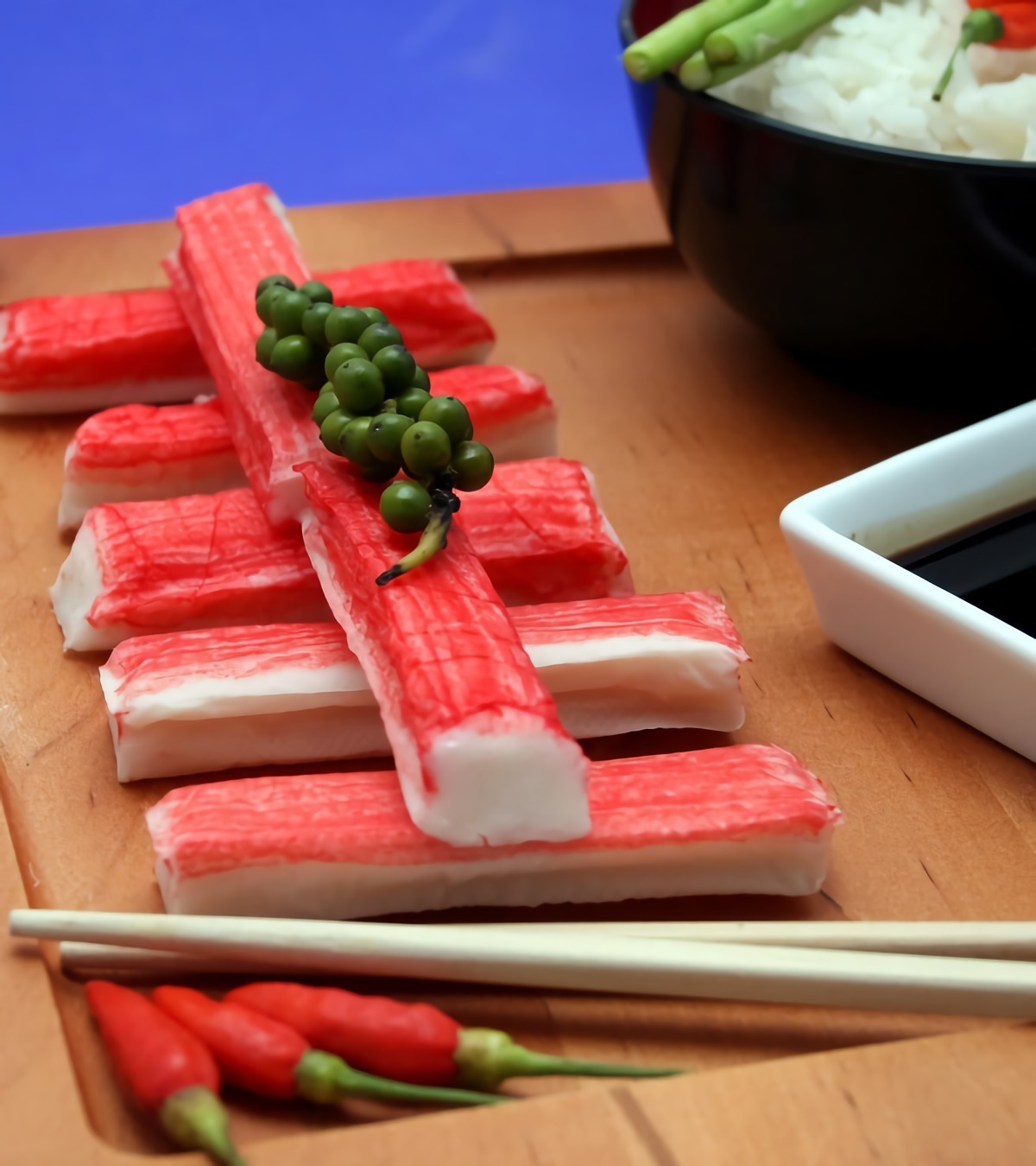
My number one rule is to trust my senses. I never buy packaged fish if I can’t see the flesh clearly or if it looks soggy. At the counter, don’t be shy! People get nervous about this, but it’s your money. Just ask politely, “Could I please take a look at that piece of cod before you wrap it up?” The eyes on a whole fish should be clear and bulging, not cloudy. The gills should be bright red. The flesh should be firm and spring back when you press it gently. If the employee seems hesitant to let you look or smell, that’s a huge red flag. Just walk away.
By the way, here’s an important safety tip for fish like tuna, mackerel, and mahi-mahi. If they aren’t kept cold enough (below 40°F), they can develop a toxin that causes a nasty reaction called scombroid poisoning. This toxin isn’t destroyed by cooking. This is exactly why it’s so important to buy from a place you trust, one that’s busy and has high turnover.
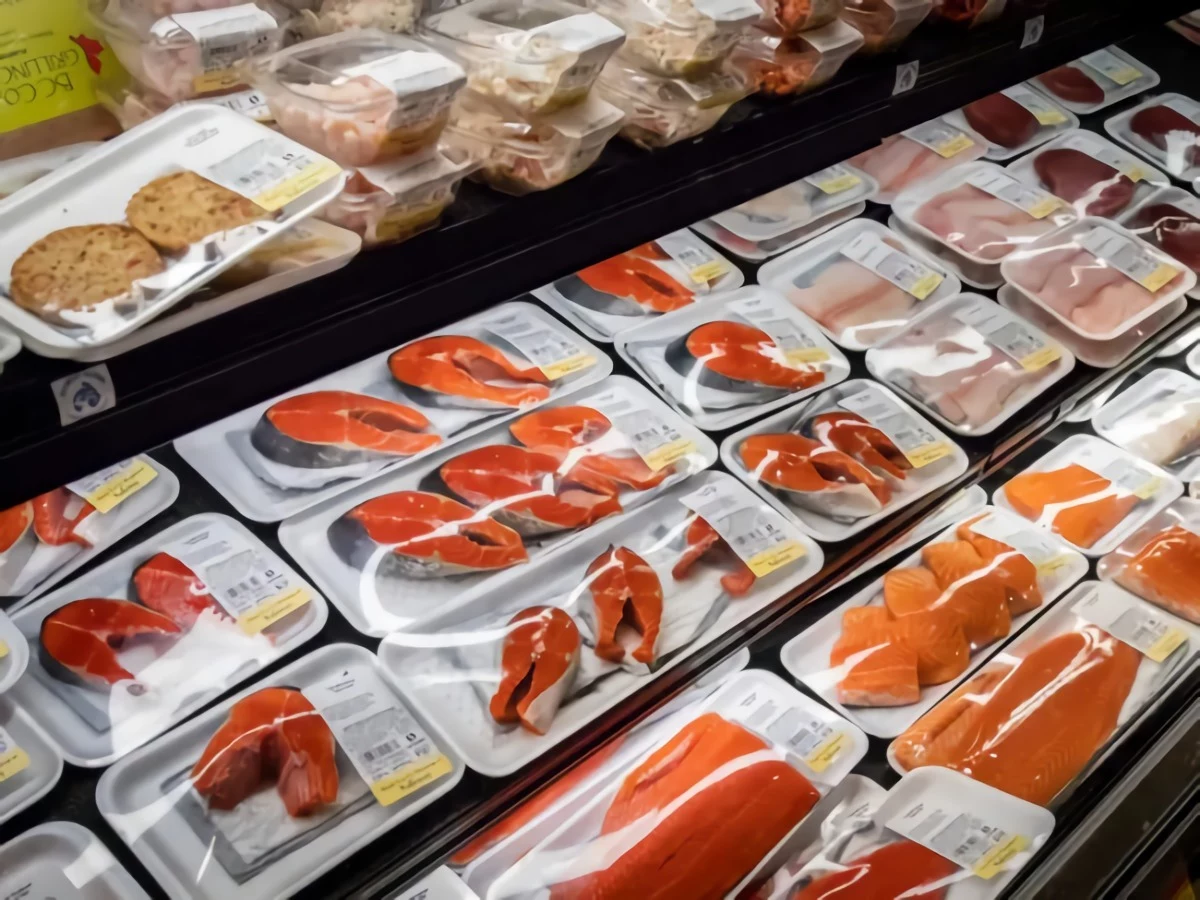
The Truth About Imitation Crab (Surimi)
Ah, imitation crab. It’s a marvel of food science, but one thing it is not… is crab. It’s made from a paste called surimi, which is typically made from a mild white fish like pollock. The fish is minced and washed over and over to create a neutral-tasting gel. Then, they add starch, egg whites, sugar, salt, and crab-like flavorings. A little red food coloring on the outside, and you’ve got imitation crab.
So how does it stack up against the real deal? Let’s break it down:
- Protein: Real crab is the clear winner here, with significantly more protein per serving.
- Carbs & Sodium: Imitation crab is much higher in carbs (from the added starches) and usually has a lot more sodium.
- Price: This is where imitation crab shines. It’s way, way cheaper than real crab meat, which is why it’s so common in things like California rolls and seafood salads.
Listen, imitation crab has its place. But when you want the sweet flavor and nutritional benefits of real crab, you have to buy the real thing. Always check the ingredient list—fish should be the first ingredient in a decent quality imitation product.
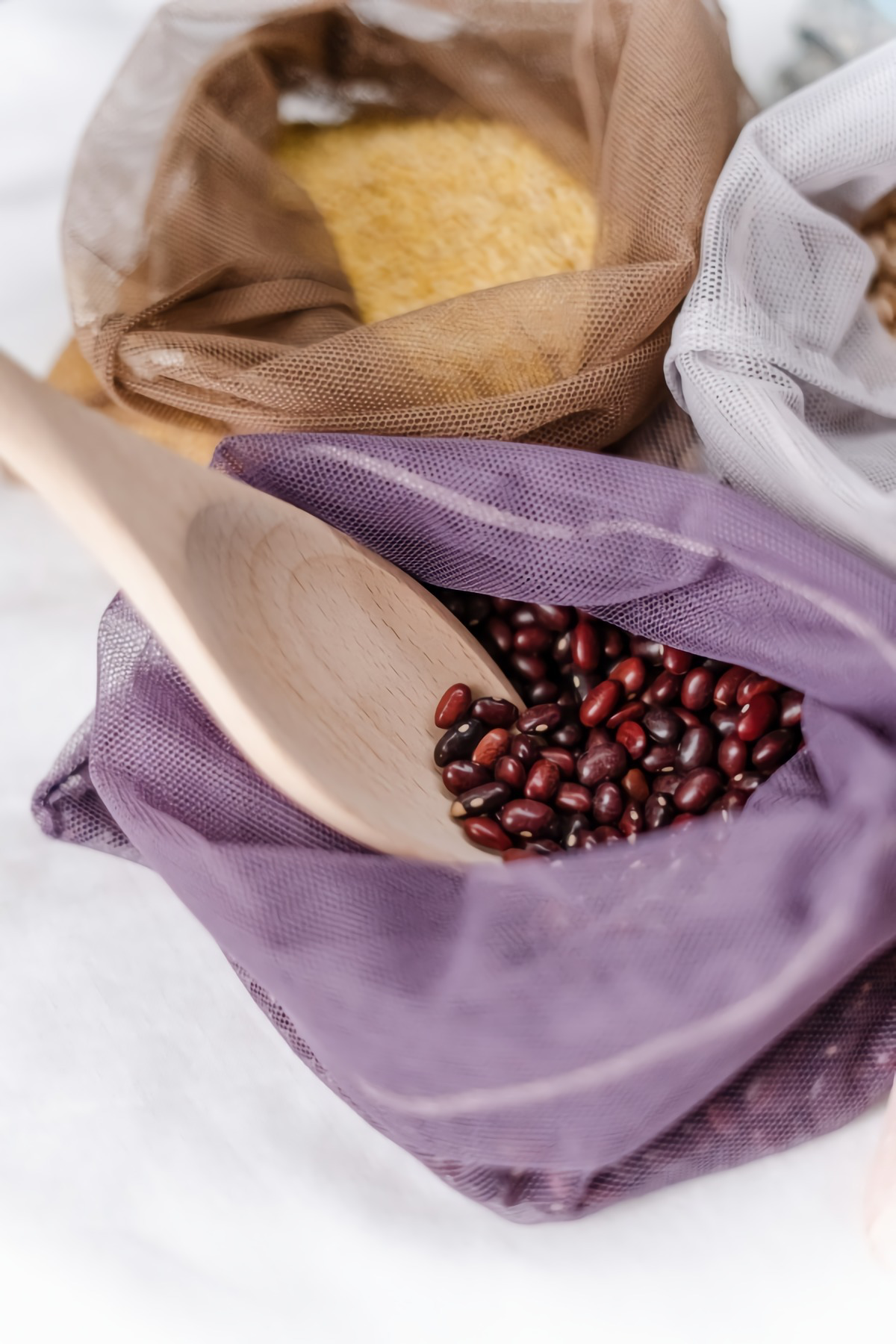
3. The Canned Goods Aisle: Secrets in a Can
Canned goods are pantry heroes, but it pays to know a couple of things about how they’re made.
A Warning About Red Kidney Beans
Beans are amazing, but raw or undercooked red kidney beans contain a nasty natural toxin called phytohaemagglutinin. I’ll never forget the time a young cook in my kitchen learned about this the hard way after trying to make chili in a slow cooker from scratch. He was sick for two days. Now, I never, EVER let anyone skip this process.
When you’re using dried red kidney beans, you have to do this: first, soak them overnight. Then, and this is critical, DRAIN that water, cover them with fresh water, and bring them to a hard, rolling boil for at least 10 minutes. A slow cooker on its own just doesn’t get hot enough to destroy the toxin. After the 10-minute boil, you can lower the heat and simmer them ’til they’re soft, or—here’s the tip you were waiting for—you can safely transfer them to your slow cooker to finish the job.
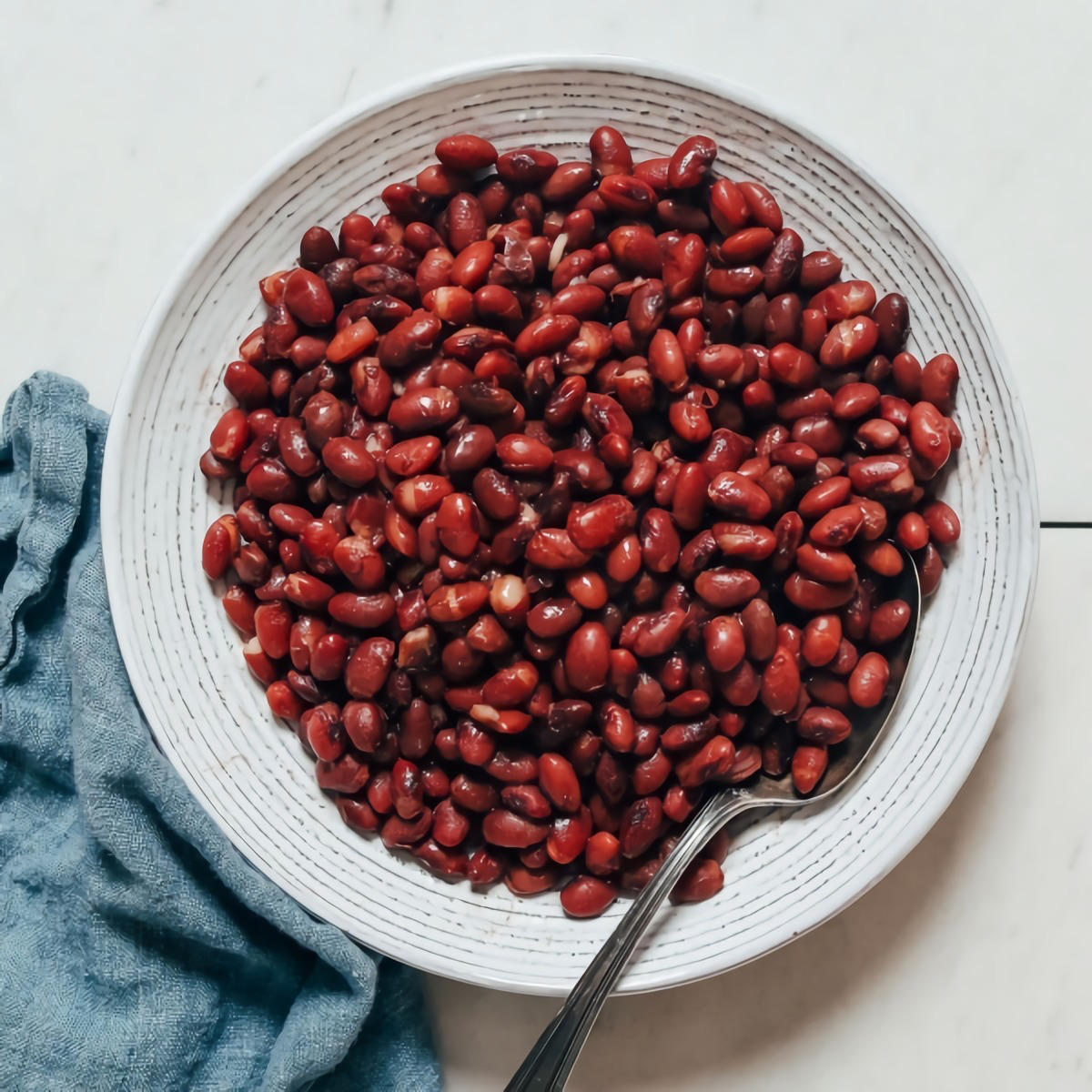
Canned kidney beans, on the other hand, are perfectly safe because the commercial canning process cooks them at super-high temperatures. The main downside is sodium and potential BPA from can linings. BPA is a chemical some people worry about; while most experts say it’s fine in small amounts, if it’s a concern for you, just look for the “BPA-Free” label. To cut down on salt, I always buy the “no salt added” version or just rinse any canned beans really well in a colander. You can wash away up to 40% of the sodium that way!
The Deal with Black Olives
Here’s a fun fact: there are no naturally jet-black olives. Olives ripen on the tree from green to shades of dark purple and brown. The standard black olives you find in a can are actually green olives that have been picked, treated with a solution to remove bitterness, and then bubbled with oxygen to turn them black. A compound called ferrous gluconate is then added to lock in that uniform, black color. It’s purely for looks.
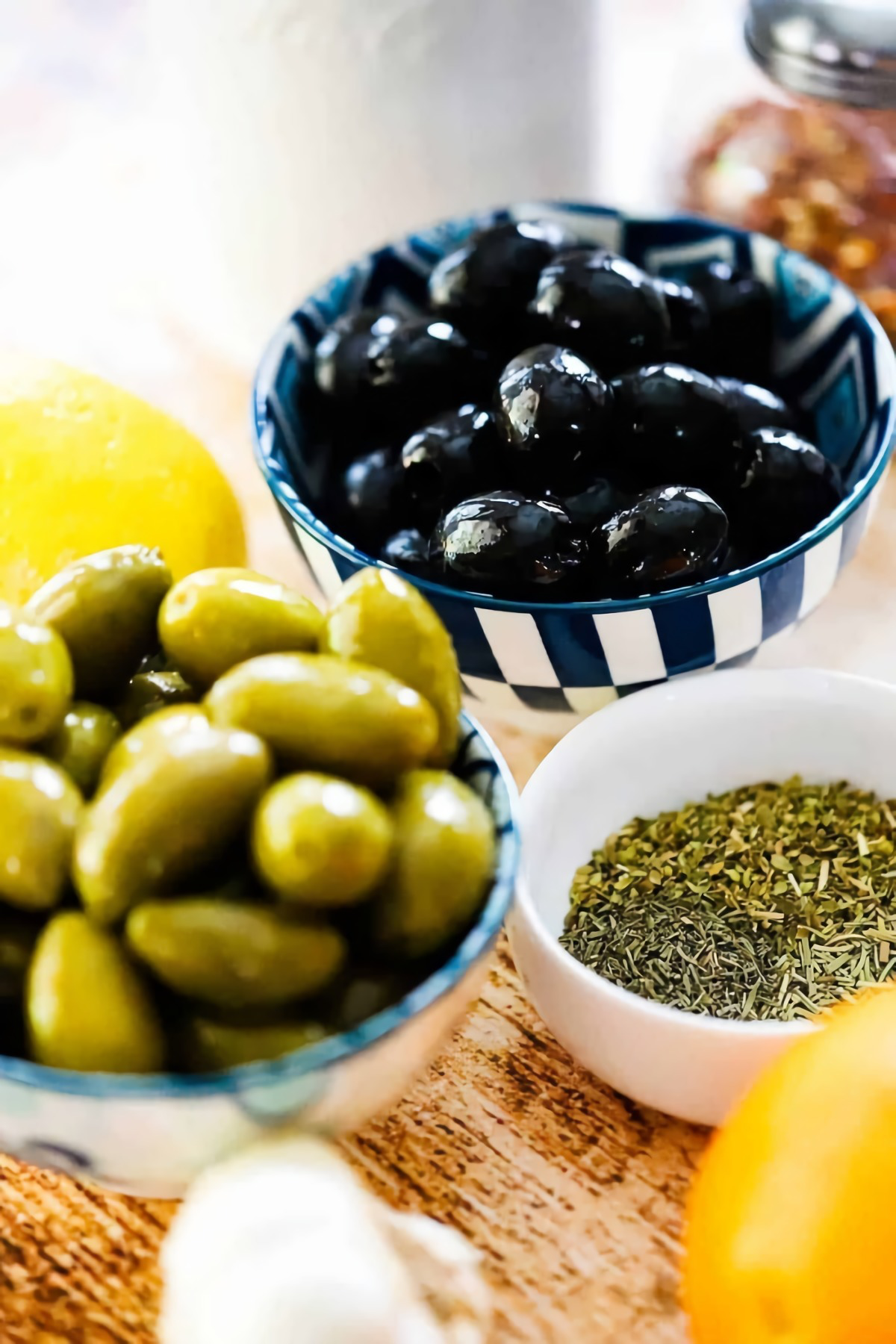
The result is an olive with a very mild flavor and a firm, almost rubbery texture. Compare that to a naturally cured olive from a traditional olive-growing region. Those are cured in brine or salt for weeks or months, which gives them a much softer texture and a complex, rich, and salty flavor. It’s a night-and-day difference.
Here’s a little challenge for you: next time you’re in your pantry, grab a can of black olives. Check the ingredients. I bet you’ll see “ferrous gluconate” on the label. Now you know its secret!
Inspiration:
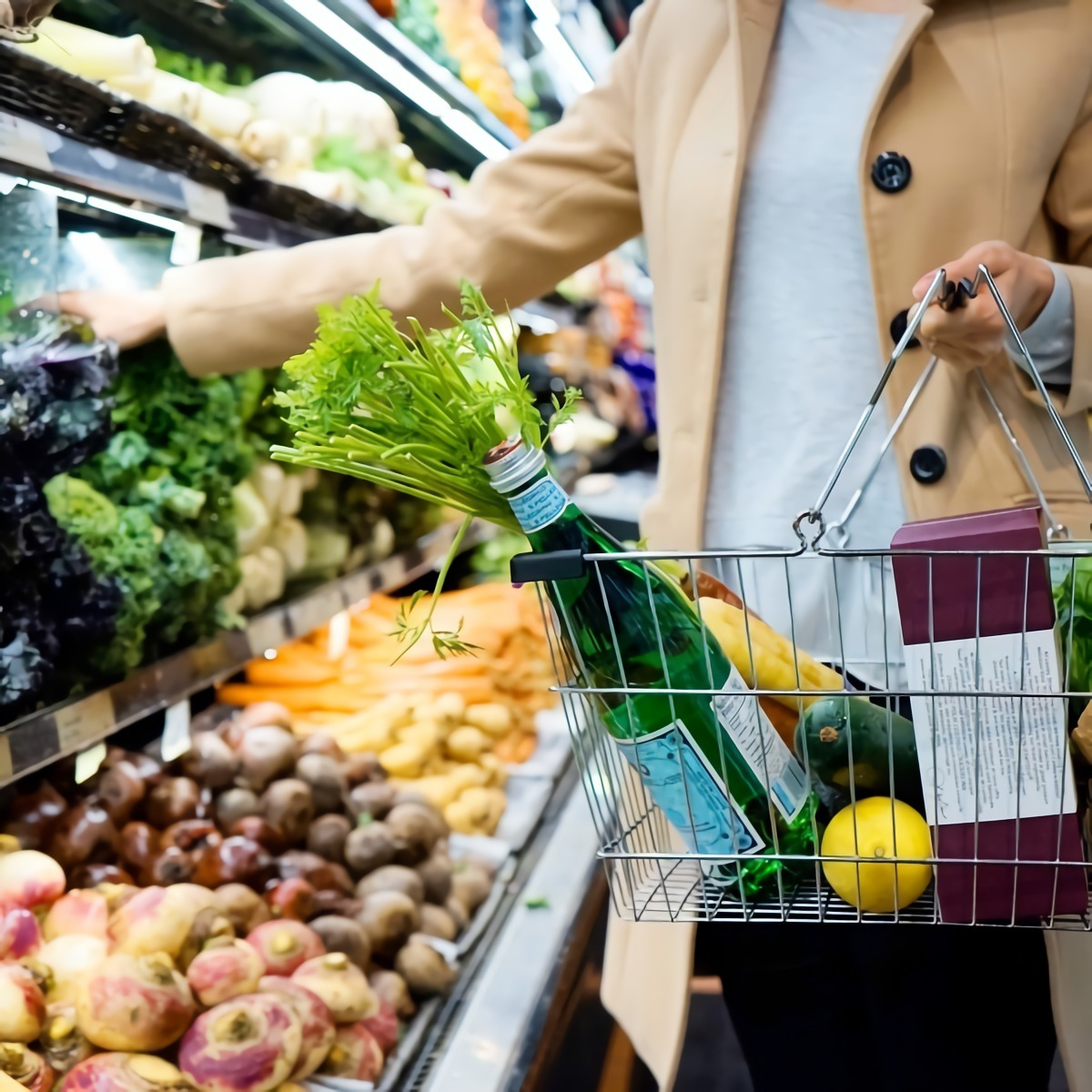
Are those convenient pre-cut fruits and vegetables really worth the extra cost?
From a chef’s standpoint, almost never. The moment a fruit or vegetable is cut, it begins to lose vital nutrients, especially water-soluble vitamins like Vitamin C, due to exposure to oxygen and light. Furthermore, they often receive a rinse in a chlorine solution to prevent browning and bacterial growth, which can affect the taste. You’re paying a significant premium for a product that is less nutritious, potentially less flavorful, and has a shorter shelf life than its whole counterpart. The five minutes you save are a trade-off for peak freshness and quality.










